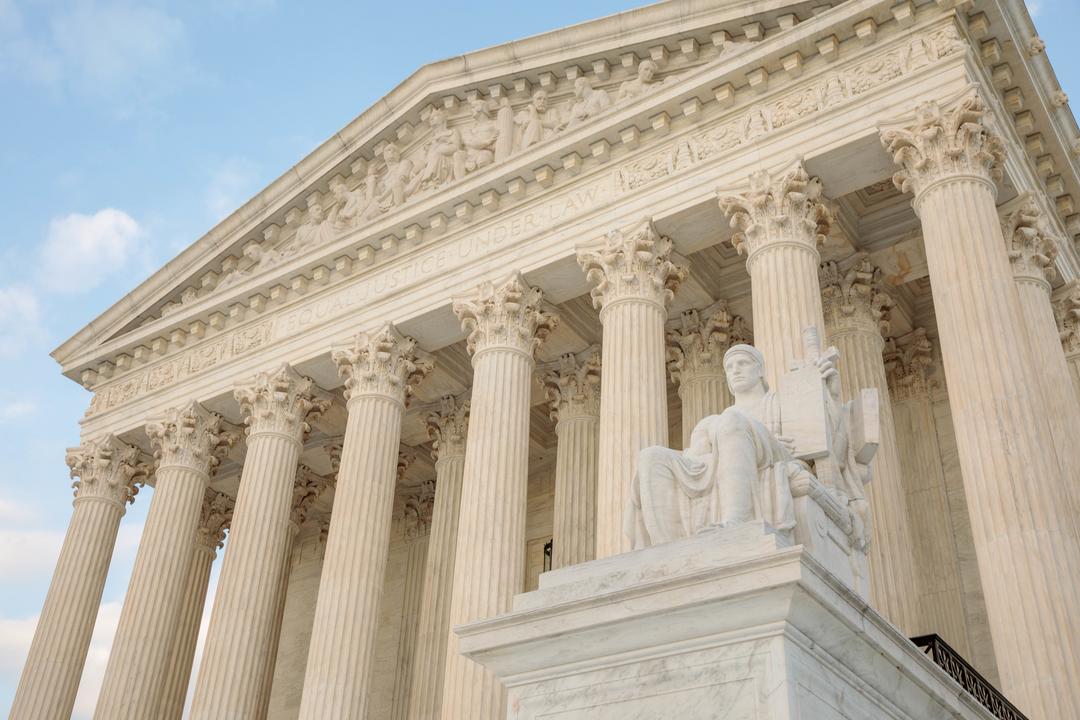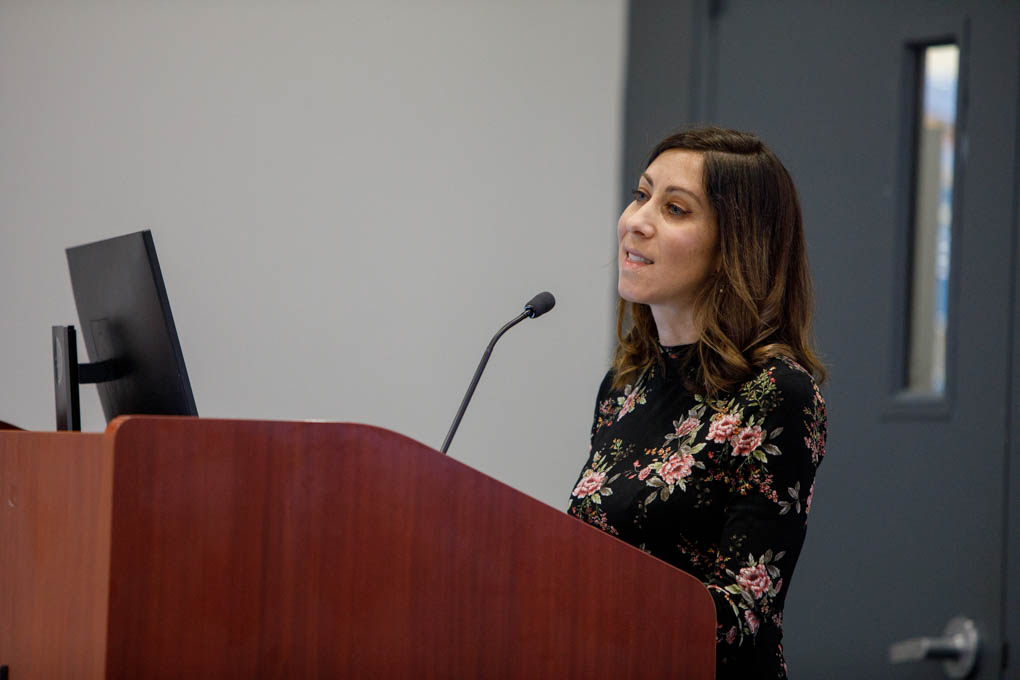In a 5-4 ruling, the Supreme Court last week blocked President Donald Trump’s efforts to end the Deferred Action for Childhood Arrivals (DACA) program.
The program, which started under former President Barack Obama, aims to protect immigrants brought to the United States as children from deportation. Those individuals, often called Dreamers, were waiting in limbo as the Trump administration’s decision moved through the courts. Thursday’s ruling found that the administration failed to justify its reasoning for ending the program, but not that the administration could never end the program.
Elizabeth Vaquera, the executive director of the George Washington University Cisneros Hispanic Leadership Institute, explains what this ruling means for the future of Dreamers across the country:
What does this Supreme Court ruling mean?
The ruling determined that the 2017 attempt by the Trump administration to end DACA was improper and in violation of the Administrative Procedure Act. In simple words, DACA cannot be terminated in this way.
The decision reinstates the original Department of Homeland Security policy from 2012 (when DACA was first made available) and should allow for both first-time DACA applications and applications for advance parole for people who have DACA and want to travel outside of the United States.
How will the ruling impact the lives of DACA recipients?
It is important to remember that DACA started in 2012. Most recipients are no longer children or youth, but are now young adults who have lived in our nation for decades and are full participants in our communities. Many are also parents to U.S.-born children. Protecting this population goes well beyond the individual benefit to DACA recipients. It can be felt by the millions of Americans who live and interact with them daily across the nation and benefit from the fruits of their labor and expertise in their chosen fields. About 400,000 DACA recipients are currently employed in a wide variety of sectors, and about 41,000 of them are employed in education, health and social services jobs. The Center for American Progress estimated that terminating DACA would result in a $460 billion loss from the national GDP over the next decade.
My research on undocumented young adults confirms many of the tangible benefits of DACA (educational, economic, etc.), but it also shows that DACA increases recipients’ emotional well-being and ontological security—their sense of reliance on things and the constancy of their surroundings. Undocumented young adults not protected by DACA think that they must be hypervigilant and that the “deportation clock is ticking.” DACA is an important relief from those anxieties for recipients. Those who lost DACA reported feelings of hopelessness and of being trapped in limbo because they could no longer legally work, go to college or plan much for the future. In my research with colleagues at the University of South Florida, the ending of DACA was likened to a “death sentence” where these young adults often counted how long they had left. The reinstatement of DACA means that, once again, they can take a breath and resume longer term planning in their lives. It is important that those who have not been able to apply for DACA before be given this same opportunity.
Does this ruling mean that worries are over for Dreamers in this country?
No. DACA’s existence has always been precarious because it is an executive directive and therefore the president of the United States does have the authority to rescind it. The Supreme Court decision established that the current administration cannot dismantle DACA with the arguments they put forward, but leaves open the possibility that the administration can try to rescind DACA in the future if they provide adequate reasoning.
In other words, the ruling was an important victory for DACA, but it was won on the basis that the Trump administration’s attempt to terminate the program “did not follow the rules.” Because the case did not establish racial animus, the DACA program is not actually protected and the administration can – and likely will – find another avenue to rescind it.
This decision is a win worth celebrating, but the Trump administration has already suggested that they may still attempt to rescind DACA again.
What can be done to protect immigration rights for Dreamers and other people coming to the United States?
DACA was meant to be a temporary form of relief, not a long-term solution. There is a need for a permanent legislative solution, not only for Dreamers, but more generally for all immigrants in the United States—both documented and undocumented—and particularly for those who have lived in this country for generations and are part of the social fabric of most of our communities. Dreamers do not live in a vacuum. They live in families, in neighborhoods, in communities. Immigration policy must always be designed with families and communities in mind.
Hopefully, a new administration can revive H.R.6 – The Dream and Promise Act (for DACA, TPS, and DED holders), which passed the House in 2019, but is unlikely to pass in the current Senate.
There is ample support for Dreamers across the demographic and political spectrum. According to a survey published by Politico just last week, “the majority of registered voters support Dreamers regardless of gender, education, income, ethnicity, religion and ideology. That includes 68 percent of Republicans, 71 percent of conservatives and 64 percent of those who approve of the job Trump is doing. Even 69 percent of those who voted for Trump in 2016 — when he vowed to deport Dreamers — say they should be protected.”
What would you suggest that states and higher education institutions do to help undocumented students at this point?
First of all, while DACA is a federal program, states have drastically different opportunities for DACA recipients and undocumented youth and young adults. Significant impact will be felt if more states extend more privileges to this population, such as in-state tuition at public colleges and universities and state health care options for DACA recipients.
Universities can also do a lot to help undocumented students, such as hiring dedicated staff who are culturally competent and have an understanding of the challenges that being undocumented poses in education, for the labor market, and, of course, for their mental health. Dedicated funds and free on-campus legal aid are other important forms of support universities can provide.
Finally, universities have a responsibility to think and act more expansively toward those affected by immigration and the undocumented population. Even those universities that may have just a handful of DACA or undocumented students are likely to have a much larger number of students who are part of mixed-status families, whose individual members have diverse citizenship or immigration statuses. While we have (fortunately) seen an increase of available information and resources for undocumented students among colleges in the United States, students who are citizens but are part of mixed-status families remain unacknowledged and often have difficulty finding help for their particular circumstances. There is a lot that can be done to support these students whose educational trajectories are also affected by their undocumented families.
All people in this country deserve to have equal access to education, health care, housing and myriad other protections. As both an immigration researcher with 20 years of experience in this field and an immigrant myself, I believe immigration status should not be a barrier to our ability to thrive and succeed in this country.





